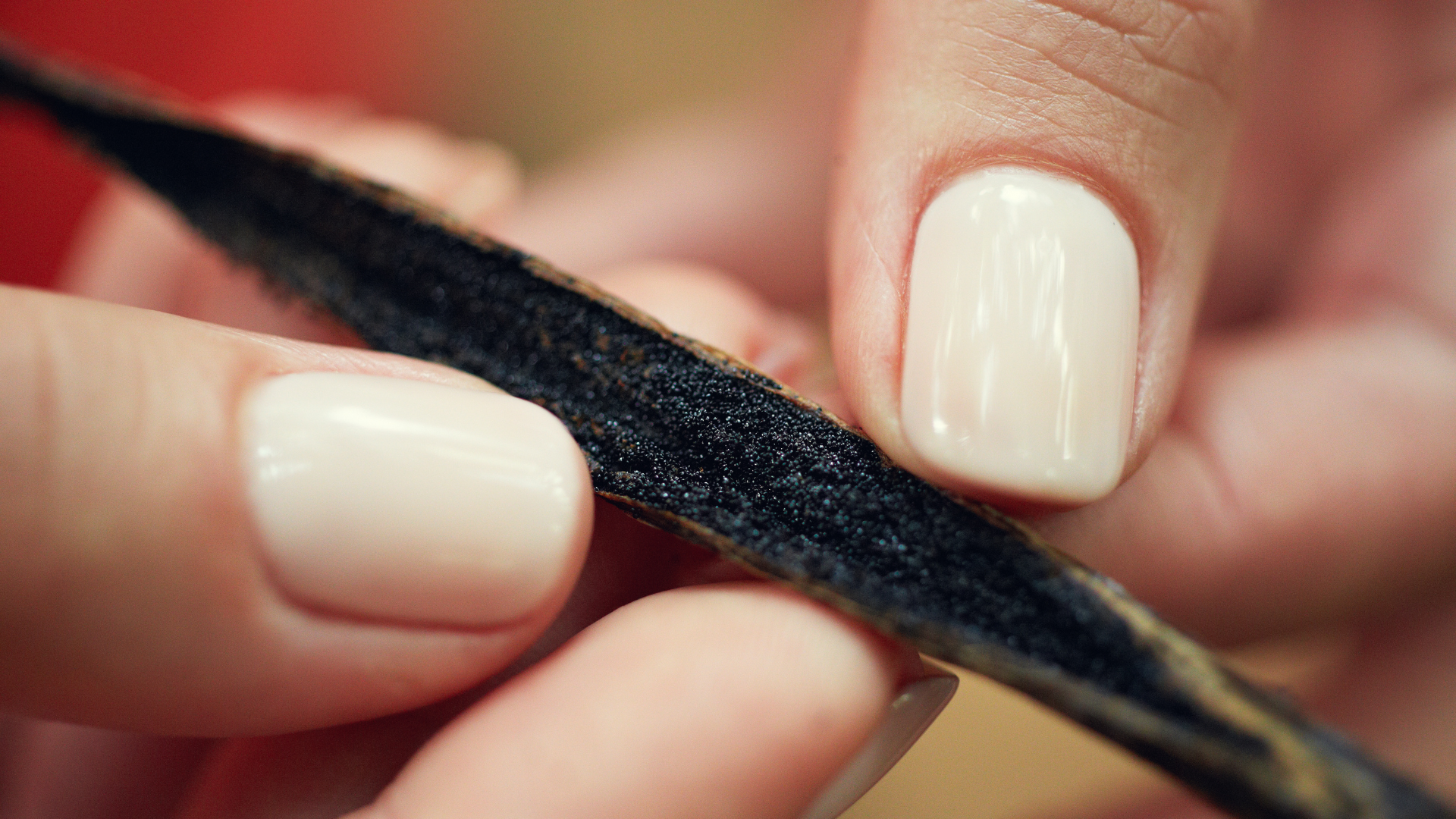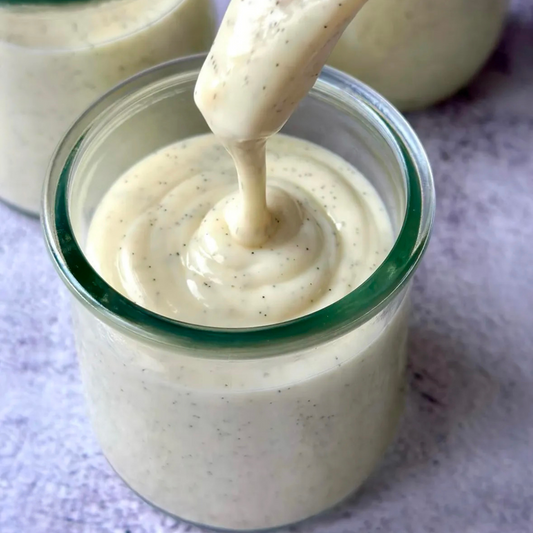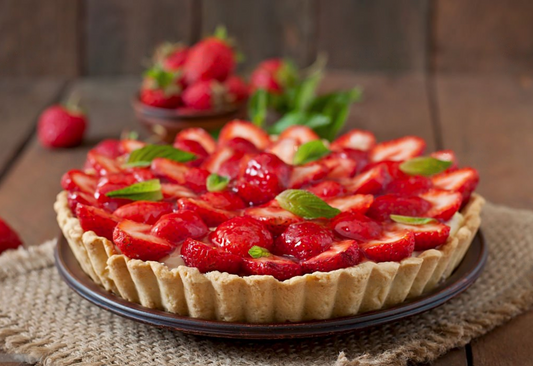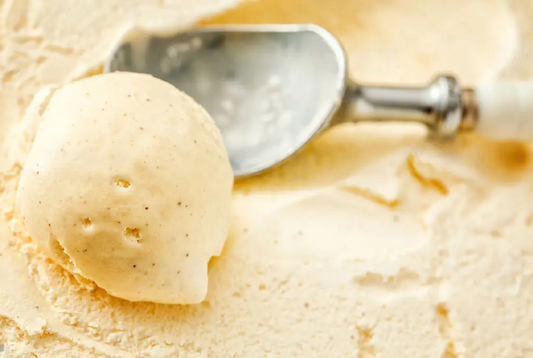Complete Guide to Growing and Processing Madagascar Vanilla
Madagascar is the heart of global vanilla production, accounting for up to 80% of the world's vanilla consumption. This guide takes you on a step-by-step journey through the traditional, artisanal methods that make this unique spice so famous.
Summary
- Culture
- Pollination
- Maturation
- Harvest
- Drying
- Packaging
- Transformation
- FAQ
- Conclusion
1. Culture
Vanilla cultivation in Madagascar relies on ancestral methods and constant attention. Grown in a warm and humid climate (27 to 30°C), vanilla orchids thrive in soil rich in natural nutrients. Farmers prepare the soil with compost and ensure daily watering to maintain optimal humidity.
- Soil enrichment with natural compost.
- Regular watering to stimulate growth.
- Individual monitoring of each plant to detect diseases.
For example, some farms have seen a 15% increase in yield after adopting improved soil enrichment techniques.

2. Pollination
Pollination is essential since vanilla does not pollinate naturally outside its native habitat. Farmers perform this process by hand, transferring pollen from male flowers to female flowers with great precision.
- Daily or twice-daily pollination depending on the season.
- A technique that requires patience and attention to detail.
- A method that has made it possible to increase pod production by 20% on certain farms.

3. Maturation
Once pollinated, the pods begin their maturation, which lasts between 6 and 9 months. During this phase, the pods develop their distinctive color and complex aromas.
- Constant humidity and temperature control.
- Removing dead leaves to improve air circulation.
- Rigorous monitoring to select the pods ready to be harvested.
Farms regularly monitor the process to ensure optimal quality. Studies show that properly ripened pods retain up to 30% of their original aroma.

4. Harvest
The pods are harvested manually as soon as they reach maturity. Each pod is carefully inspected for color and firmness before being picked. This process ensures that only the best quality pods are selected.
- Harvest carried out by experts.
- Individual inspection of each pod.
- Immediate packaging to avoid damage.
This attention paid to harvesting ensures consistent quality, essential for the transformation process.
5. Drying
Drying is a crucial step that helps concentrate the aromas by removing excess moisture. The pods are first exposed to the sun for a few hours, then placed in the shade for gradual drying.
- Exposure to the sun for initial dehydration.
- Rest in the shade to avoid excessive drying.
- Regular rotation to ensure even drying.
This cycle, repeated over several days, produces a stable vanilla rich in aromas while preventing the formation of mold.

6. Packaging
After drying, the vanilla pods are packaged for protection during transport and storage. The packaging used, such as canvas or paper bags, prevents moisture and light from affecting their quality.
- Use of specific materials for packaging.
- Storage in constant temperature environments.
- Optimal protection against contamination.

7. Transformation
Processing involves converting dried pods into finished products suitable for cooking. This process is broken down into several methods:
- Vanilla powder: The pods are ground to obtain a fine powder, ideal for homogeneous preparations.
- Vanilla Caviar: The seeds are extracted to form an aromatic concentrate, perfect for enriching desserts and sauces.
- Vanilla extract: The pods are macerated in a liquid to obtain an extract rich in aromas, easy to incorporate.
Each process is carried out with respect for artisanal know-how in order to preserve the natural quality of the vanilla.

FAQ
-
Why is Madagascar vanilla so famous?
The unique climate and artisanal know-how guarantee rich aromas and superior quality.
-
How does hand pollination improve pod quality?
It allows precise control, ensuring that only pollinated flowers develop into high-quality pods.
-
How long does the entire process take?
From cultivation to processing, the process can last between 12 and 18 months.
-
What form of vanilla is ideal for cooking?
Whole pods and caviar are preferable to retain the intensity of the flavors, while the powder mixes easily into preparations.
Conclusion
This detailed guide has allowed you to discover the entire production process of Madagascar vanilla, a process that combines tradition and precision. Each step, from cultivation to processing, contributes to producing vanilla of exceptional quality.
To learn more and explore our authentic products, visit our online store . We invite you to join our community and deepen your knowledge of this unique spice.




